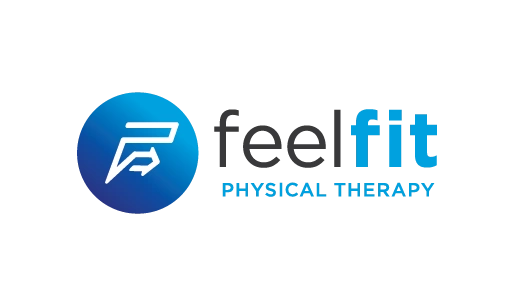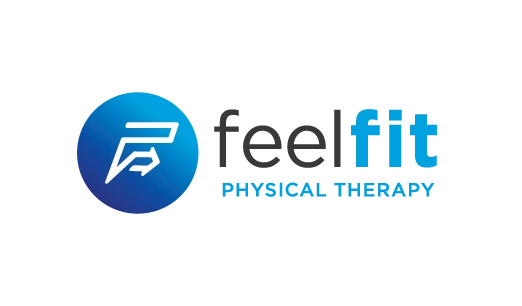Nervous System
The Key to Your Health: Balancing Your Autonomic Nervous System (ANS)
Your ANS is divided into sympathetic and parasympathetic nervous systems. Sympathetic, also known as “Fight or Flight,” can lead to several health complications if we remain in this state for extended periods of time. Parasympathetic, also known as “Rest and Digest,” should be the side of our nervous system that we utilize on a more consistent basis to maintain our overall health.
Parts of your “Fight or Flight” nervous system create a feedback loop, meaning a vicious cycle that can become unrelenting and prevent you from getting back to a relaxed and centered state of body. The following is a list of some of those things that can keep you in a “Fight or Flight” state and strategies to help get you back on the right track. Seek counsel from your medical doctor if you are on any drugs or have any health complications to make sure that all these strategies are safe for you.
SYMPATHETIC (Fight or Flight)
Chest Breathing
Mouth Breathing
Sleep Loss
Oxidative Stress or Free Radicals
Pain
Inflammation
Stress
Spine and Rib Tightness
Coccyx Malalignment
Neck and Shoulder Tension
Low Vagal Tone
Opioids
THC
Processed Foods and Sugars Processed Foods and SugarsProcessed Foods and SugarsProcessed Foods and SugarsProcessed Foods and SugarsProcessed Foods and SugarsProcessed Foods and SugarsProcessed Foods and
Trauma
Isolation/Loneliness/Disengagement
High Blood Pressure and High Heart Rate
Holding Breath or Hyperventilating during times of stress.
Acidity in the body, typically caused by processed foods.
Poor Lymphatic Flow
Tight muscles, spasms, and cramping.
Headaches/Migraines
Dehydration
GI Issues (IBS, Constipation, etc.).
Tight Hip Flexors
Visceral (Belly) Fat
Allergies
Improper Muscle Activation Patterns, which triggers oxidative stress and increased levels of atrophy.
Low levels of nitric oxide in the body.
PARASYMPATHETIC (Rest and Digest)
Diaphragmatic (Belly) Breathing
Nasal Breathing
Sleep Strategies, including proper tongue posture and pillow choice.
Antioxidants. Slow and light breaths through the nose.
Manual Therapy and CBD
Ice packs and cold plunges. Walking 20 minutes or more.
Stress Management Strategies. Yoga.
Manual Therapy and Belly Breathing
Manual Therapy
Manual Therapy and Posture Exercises
Vagus Nerve Stimulation. Yoga. Dry Needling. Cold Showers.
Relieving pain through manual therapy and other alternative means.
CBD
Avoiding sugar and increasing fruits and vegetables in the diet. Probiotics. Nutrition that supports antioxidant and anti inflammatory, including Omega-3, Cherry Juice, and Curcumin (these are natural blood thinners, consult your physician before taking).
Psychiatric Help and Meditation or Mindfulness
Social Engagement, Laughter, Pets
Functional Nutrition. Also nose breathing releases nitric oxide, which helps open airways and stimulate vagus nerve.
Training yourself to breathe slower and less frequently.
Training yourself to breathe slower and less frequently. Best Juice.
Lymphatic Massage. Vagus Nerve Stimulation.
Slow down breathing and increase BOLT score. Reduce processed foods in diet. Drink beet juice. Make sure there are adequate electrolytes in the diet.
Cranial Mobilization. Massage. Posture Exercises.
Drink 0.5-1 oz water per pound of body weight.
Visceral Mobilization (Massage into the abdomen)
Manual Therapy and Stretches
Exercise, including Sprint Interval Training, while emphasizing nasal breathing.
Functional Medicine Doctor
Proprioceptive Neuromuscular Facilitation
Beet Juice. Nasal Breathing. Blood Flow Restriction.
SYMPATHETIC (Fight or Flight)
- Chest Breathing
- Mouth Breathing
- Sleep Loss
- Oxidative Stress or Free Radicals
- Pain
- Inflammation
- Stress
- Spine and Rib Tightness
- Coccyx Malalignment
- Neck and Shoulder Tension
- Low Vagal Tone
- Opioids
- THC
- Processed Foods and Sugars
- Trauma
- Isolation/Loneliness/Disengagement
- High Blood Pressure and High Heart Rate
- Holding Breath or Hyperventilating during times of stress.
- Acidity in the body, typically caused by processed foods.
- Poor Lymphatic Flow
- Tight muscles, spasms, and cramping.
- Headaches/Migraines
- Dehydration
- GI Issues (IBS, Constipation, etc.).
- Tight Hip Flexors
- Visceral (Belly) Fat
- Allergies
- Improper Muscle Activation Patterns, which triggers oxidative stress and increased levels of atrophy.
- Low levels of nitric oxide in the body.
PARASYMPATHETIC (Rest and Digest)
- Diaphragmatic (Belly) Breathing
- Nasal Breathing
- Sleep Strategies, including proper tongue posture and pillow choice.
- Antioxidants. Slow and light breaths through the nose.
- Manual Therapy and CBD
- Ice packs and cold plunges. Walking 20 minutes or more.
- Stress Management Strategies. Yoga.
- Manual Therapy and Belly Breathing
- Manual Therapy
- Manual Therapy and Posture Exercises
- Vagus Nerve Stimulation. Yoga. Dry Needling. Cold Showers.
- Relieving pain through manual therapy and other alternative means.
- CBD
- Avoiding sugar and increasing fruits and vegetables in the diet. Probiotics. Nutrition that supports antioxidant and anti inflammatory, including Omega-3, Cherry Juice, and Curcumin (these are natural blood thinners, consult your physician before taking).
- Psychiatric Help and Meditation or Mindfulness
- Social Engagement, Laughter, Pets
- Functional Nutrition. Also nose breathing releases nitric oxide, which helps open airways and stimulate vagus nerve.
- Training yourself to breathe slower and less frequently.
- Training yourself to breathe slower and less frequently. Best Juice.
- Lymphatic Massage. Vagus Nerve Stimulation.
- Slow down breathing and increase BOLT score. Reduce processed foods in diet. Drink beet juice. Make sure there are adequate electrolytes in the diet.
- Cranial Mobilization. Massage. Posture Exercises.
- Drink 0.5-1 oz water per pound of body weight.
- Visceral Mobilization (Massage into the abdomen)
- Manual Therapy and Stretches
- Exercise, including Sprint Interval Training, while emphasizing nasal breathing.
- Functional Medicine Doctor
- Proprioceptive Neuromuscular Facilitation
- Beet Juice. Nasal Breathing. Blood Flow Restriction.

